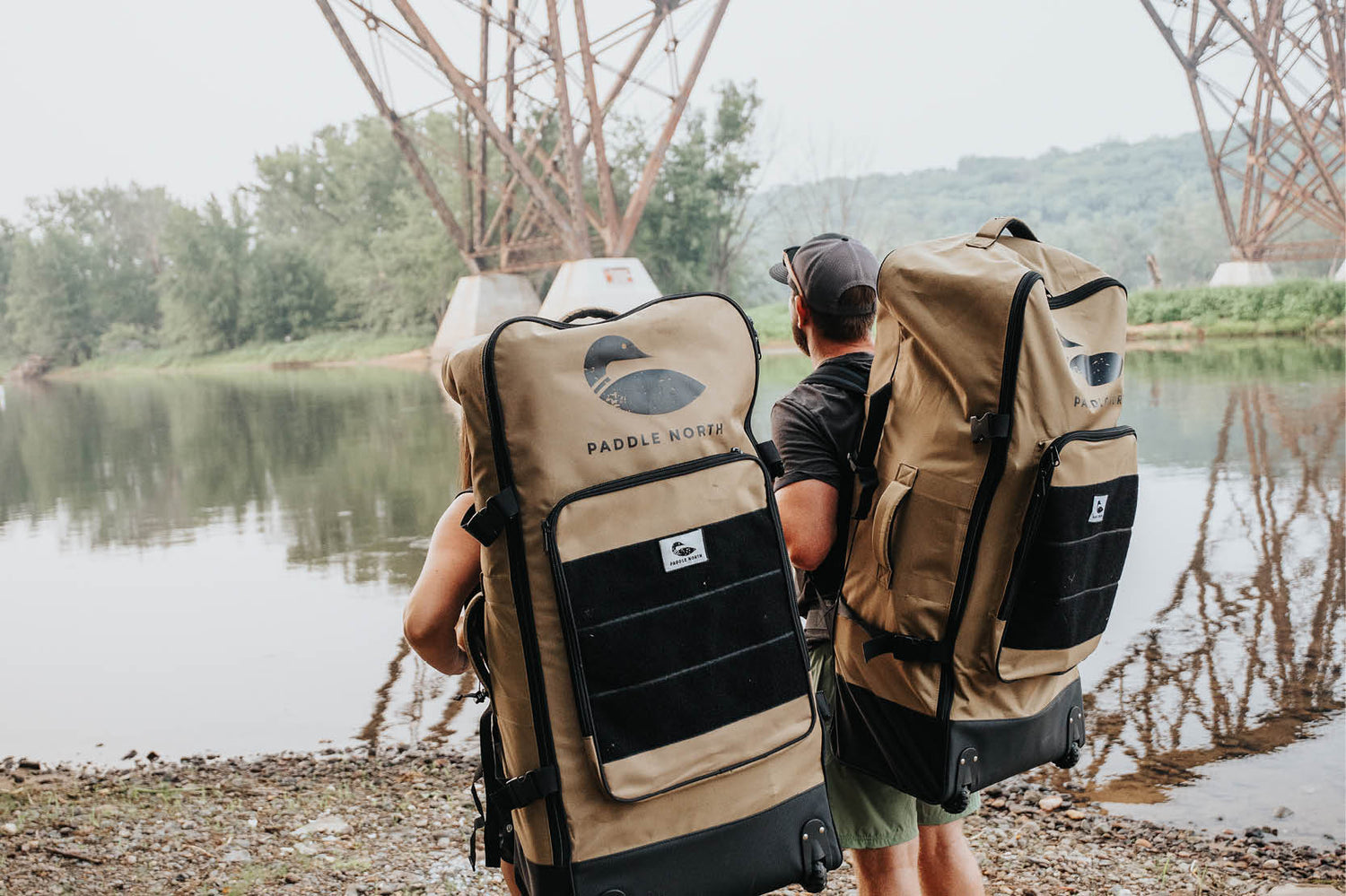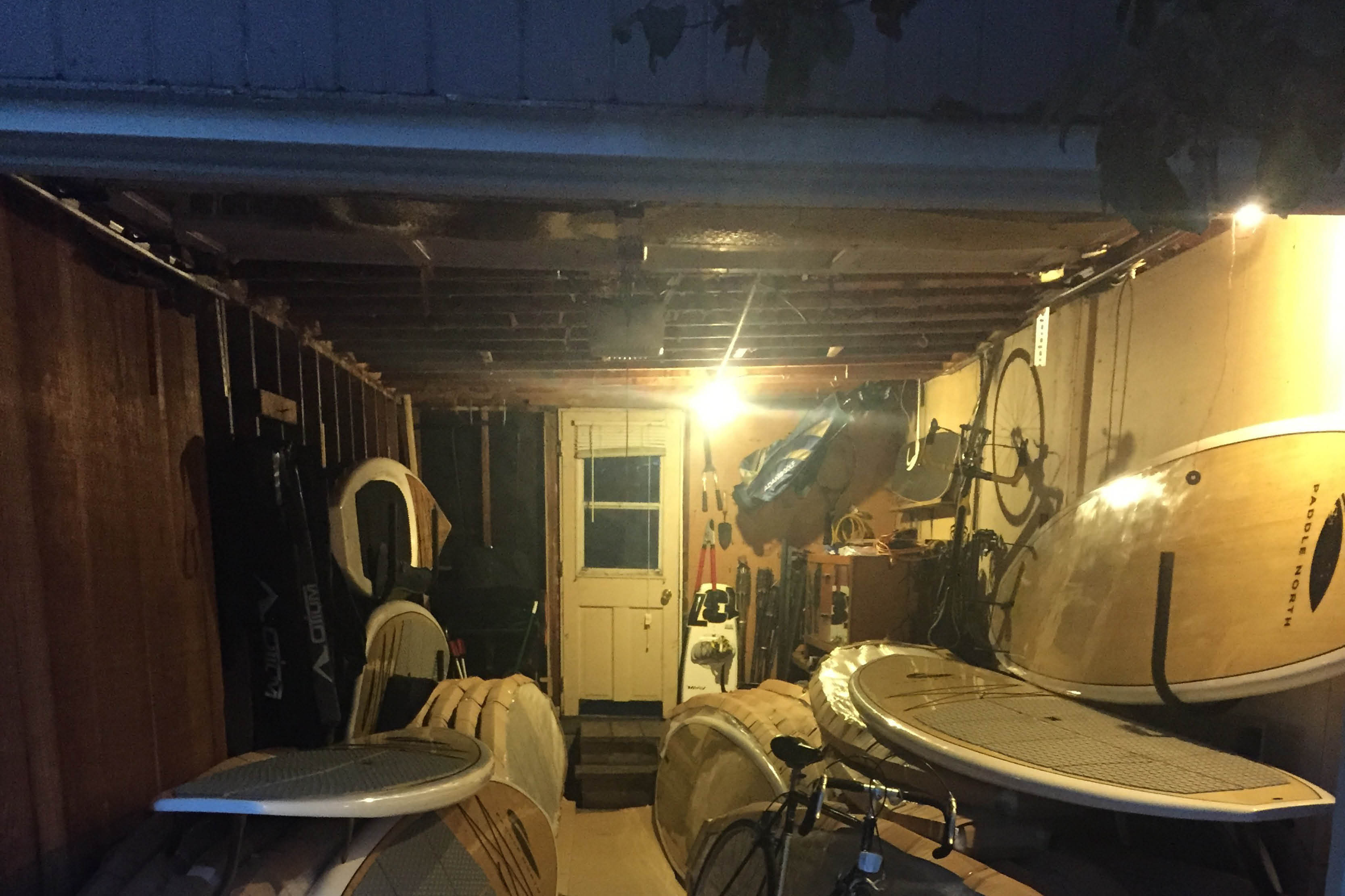Scaling a small business is hard work.
You wear so many hats it can often be a challenge to give every aspect of the business the attention it deserves. Thankfully, marketing automation platforms allow for additional scale without much upfront cost. It also frees up time. With this in mind, there are touchpoints throughout the D2C customer journey that are non-negotiable and should be automated. Here are our top-performing automations:
Welcome Series: You've captured a lead via email. They're interested in your product and your brand, so make sure you're contacting them immediately. Oftentimes, this includes a simple welcome message that offers a first-time customer discount, along with more insight into the brand story. In the initial message, or in a follow up email, it is important to touch on top customer objections or obstacles to purchase.
Abandoned Cart: The most essential automation. This should be sent quickly after a customer abandons their order. It's important to create a sense of urgency and provide an opportunity for questions to be answered (read more about our abandoned cart messaging here). Many brands will also build in an additional discount incentive throughout this process to increase conversion.
Thank you for your purchase: The purchase has been made. Great! In addition to the automated order confirmation they'll receive, it's an important opportunity to get more buy-in into the brand story and build brand loyalty. This can be very effective for first-time customers who know very little about Paddle North. Who are we and why do we value your purchase? I also recommend setting up a different automation for repeat customers. Make it clear you appreciate them coming back.
Let's Get Started: Many questions come up when customers are utilizing our products for the first time. Common questions include, how do I inflate it? What is this accessory for? Can I bring this paddle board on an airplane? Does this need to be registered? Having an automated email that goes out offering up resources and answers not only strengthens customer brand loyalty, it also reduces strain on our customer support team. If we can answer more questions up front, that means more time for CS to work efficiently.
Post-Purchase Upsell: You now have a satisfied customer enjoying your product. Depending on what product they purchased, are there add-ons or upsells that might be of interest? For us, this means paddle board or kayak accessories, electric pumps for inflatables, and more. Identify additional wants or needs your customers might have based on purchase history and look for opportunities to increase their lifetime value.
As you build out the automations that are best for your business, be sure to keep the following in mind:
- Personalize: where you can, try to take data you've collected and add to your email to personalize the messaging. This can include first name, geography, or purchased product(s). Read about email personalization here.
- Utilize conditions to make it relevant: make sure you're inputting proper conditions as you build your automations. Make sure customers that have recently purchased are excluded from abandoned cart follow up, don't try selling an electric pump to a customer that just purchased a rigid board, and don't sell a life jacket to someone who just bought some shoes.
- Make sure content is up to date: make a habit to review your automations. As products and seasons change, links, messaging, and images can become irrelevant or incorrect. Make sure everything is up to date.
- Always test: be sure to test different automations and approaches. This means different email subject lines, messaging, promos, conditions, and more. Keep a close eye on your KPI's and adjust as needed.
Last year, these automations accounted for 30% of our online revenue. It's worth your time.
__
Follow Brennan on Twitter → @bmogck
You wear so many hats it can often be a challenge to give every aspect of the business the attention it deserves. Thankfully, marketing automation platforms allow for additional scale without much upfront cost. It also frees up time. With this in mind, there are touchpoints throughout the D2C customer journey that are non-negotiable and should be automated. Here are our top-performing automations:
Welcome Series: You've captured a lead via email. They're interested in your product and your brand, so make sure you're contacting them immediately. Oftentimes, this includes a simple welcome message that offers a first-time customer discount, along with more insight into the brand story. In the initial message, or in a follow up email, it is important to touch on top customer objections or obstacles to purchase.
Abandoned Cart: The most essential automation. This should be sent quickly after a customer abandons their order. It's important to create a sense of urgency and provide an opportunity for questions to be answered (read more about our abandoned cart messaging here). Many brands will also build in an additional discount incentive throughout this process to increase conversion.
Thank you for your purchase: The purchase has been made. Great! In addition to the automated order confirmation they'll receive, it's an important opportunity to get more buy-in into the brand story and build brand loyalty. This can be very effective for first-time customers who know very little about Paddle North. Who are we and why do we value your purchase? I also recommend setting up a different automation for repeat customers. Make it clear you appreciate them coming back.
Let's Get Started: Many questions come up when customers are utilizing our products for the first time. Common questions include, how do I inflate it? What is this accessory for? Can I bring this paddle board on an airplane? Does this need to be registered? Having an automated email that goes out offering up resources and answers not only strengthens customer brand loyalty, it also reduces strain on our customer support team. If we can answer more questions up front, that means more time for CS to work efficiently.
Post-Purchase Upsell: You now have a satisfied customer enjoying your product. Depending on what product they purchased, are there add-ons or upsells that might be of interest? For us, this means paddle board or kayak accessories, electric pumps for inflatables, and more. Identify additional wants or needs your customers might have based on purchase history and look for opportunities to increase their lifetime value.
As you build out the automations that are best for your business, be sure to keep the following in mind:
- Personalize: where you can, try to take data you've collected and add to your email to personalize the messaging. This can include first name, geography, or purchased product(s). Read about email personalization here.
- Utilize conditions to make it relevant: make sure you're inputting proper conditions as you build your automations. Make sure customers that have recently purchased are excluded from abandoned cart follow up, don't try selling an electric pump to a customer that just purchased a rigid board, and don't sell a life jacket to someone who just bought some shoes.
- Make sure content is up to date: make a habit to review your automations. As products and seasons change, links, messaging, and images can become irrelevant or incorrect. Make sure everything is up to date.
- Always test: be sure to test different automations and approaches. This means different email subject lines, messaging, promos, conditions, and more. Keep a close eye on your KPI's and adjust as needed.
Last year, these automations accounted for 30% of our online revenue. It's worth your time.
__
Follow Brennan on Twitter → @bmogck




Leave a comment
All comments are moderated before being published.
This site is protected by hCaptcha and the hCaptcha Privacy Policy and Terms of Service apply.